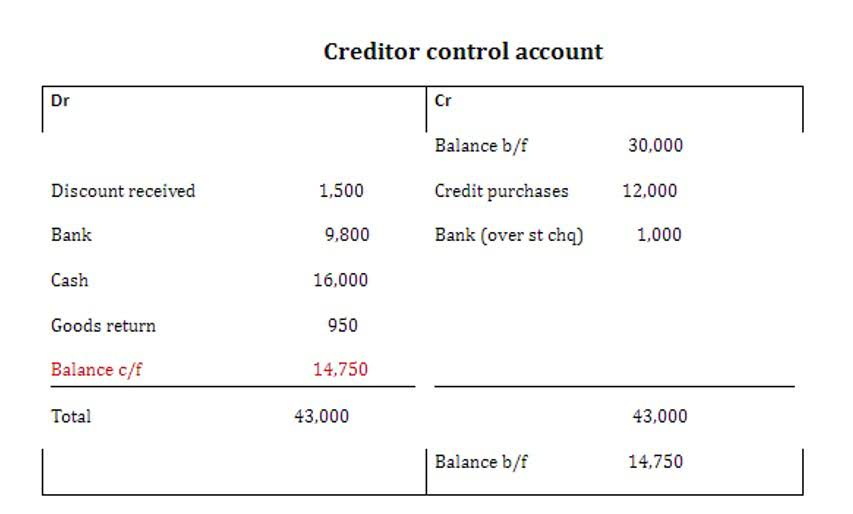Best Practices for Preparing Nonprofit Financial Statements

For instance, it includes information about the organization’s income and expenses. Therefore, choosing accounting software designed specifically for nonprofits make preparing and generating financial reports much easier. If your company was created or registered on or after January 1, 2024, and before January 1, 2025, then it must file its initial beneficial ownership information report within 90 calendar days after receiving actual or public notice that its creation or registration is effective. Specifically, this 90-calendar day deadline runs from the time the company receives actual notice that its creation or registration is effective, or after a secretary of state or similar office first provides public notice of its creation or registration, whichever is earlier.
- That means must use accrual-basis accounting and record transactions in a specific way.
- All inquiries and communications about federal civil rights compliance for FEMA grants under this NOFO should be sent to FEMA-
- Eligible subapplicants located outside of FY 2024 UASI-designated high-risk urban areas may apply to the SAA (applicant) to receive funding only under NSGP-NSS-S.
- Third-party service providers will be able to submit multiple BOI reports through an Application Programming Interface (API).
- When listing your nonprofit’s liabilities, you must list them by when they must be paid and separated by current and long-term liabilities.
Expenses:

An accountant or lawyer may be a company applicant if they directly filed the document that created or registered the reporting company. If more than one person is involved in the filing of the creation or registration document, an accountant or lawyer may be a company applicant if they are primarily responsible for directing or controlling the filing. Note also that “governmental authorities” are not required to report beneficial ownership information to FinCEN. Thus, a Tribal entity that is such a “governmental authority” is not required to report beneficial ownership information to FinCEN.

Does your nonprofit need to have an independent audit?
- As a part of this review, federal staff will also verify that the subapplicant is located within a FY 2024 UASI-designated high-risk urban area.
- Having a detailed report of your expenditures will make it easier to fill out these sections.
- The factors for determining substantial control by an individual connected with a corporate trustee are the same as for any beneficial owner.
- When reviewing financial statement notes, look closely at explanations for any unusual items or significant changes, as these can indicate shifts in financial strategy or unforeseen challenges.
- This statement is essential for showing how the organization generates and uses cash, providing insights into liquidity and financial flexibility.
- If a reporting company has engaged a third-party service provider to file BOI reports and updates on its behalf, then it should communicate any changes to its beneficial ownership information to the third-party service provider with enough time to meet the 30-day deadline.
On April 22, 2024, OMB updated various parts of Title 2 of the Code of Federal Regulations, among them the procurement standards. These revisions apply to all FEMA awards with a federal award date or disaster declaration date on or after October 1, 2024, unless specified otherwise. The changes include updates to the federal procurement standards, which govern how FEMA award recipients and subrecipients must purchase under a FEMA award. Starting normal balance in FY 2024, SAAs are required to inform subapplicants of their non-selection. FEMA will provide an optional template that SAAs can use; however, SAAs can modify this template as needed.
Reporting model.
Budget vs. Actual is an internal report, not part https://www.bookstime.com/ of your audited financial statements. But because the board and leadership are involved in creating a nonprofit budget, it’s often more familiar and more useful on a day-to-day basis. If you’re like most nonprofit leaders, you didn’t get to the top of your organization by burying your nose in nonprofit financial statements.

About the Not-for-profit entities guide & Full guide PDF

Together, these sections give a comprehensive view of how a nonprofit generates, spends, and invests its cash, offering essential insights for evaluating financial sustainability and strategic decisions. Categorizing expenses by GAAP for Nonprofits function enables transparency and helps stakeholders understand how efficiently the organization allocates resources. Obligations the organization owes to others, including accounts payable, loans, and deferred revenue. These are classified as current liabilities (due within a year) and long-term liabilities (due after a year). Donorbox is an affordable and simple-to-use online fundraising tool with powerful fundraising features such as Recurring Donations, Crowdfunding, Peer-to-Peer, Events, Memberships, and more. You can also manage donors, send them automated donation receipts, add offline donations, let donors login and manage their accounts themselves, and more on Donorbox.
- Regardless, the BOI report must be filed by the time such report is due to FinCEN (see Question C.14).
- The letter from the independent auditor highlights their opinion that Save the Children is following all required financial laws.
- The obligation to file an independent audit report with the state government is generally just one requirement among many in connection with charitable solicitation registration.
- For example, nonprofits must file annual taxes as part of their federal tax filing requirements.
- Instead, they should be viewed as a powerful tool that can inform strategy, drive decision-making, and ultimately contribute to the success of the organization.
Gathering all financial data for the fiscal year is a critical task that underpins the integrity of nonprofit financial statements. Here’s a comprehensive 10-step guide to preparing accurate and transparent nonprofit financial statements. Gross receipts are the primary difference between nonprofits and for-profit companies filing a statement of activities. In Part V of the IJ, Milestone, the lead nonprofit organization of the consortium must provide the key milestones from all nonprofit organizations within the consortium’s proposed activities. Once the recipient (the SAA) receives that grant award, all funds subsequently provided to eligible nonprofit organizations or a consortium of eligible nonprofit organizations (subrecipients) are considered subawards.
